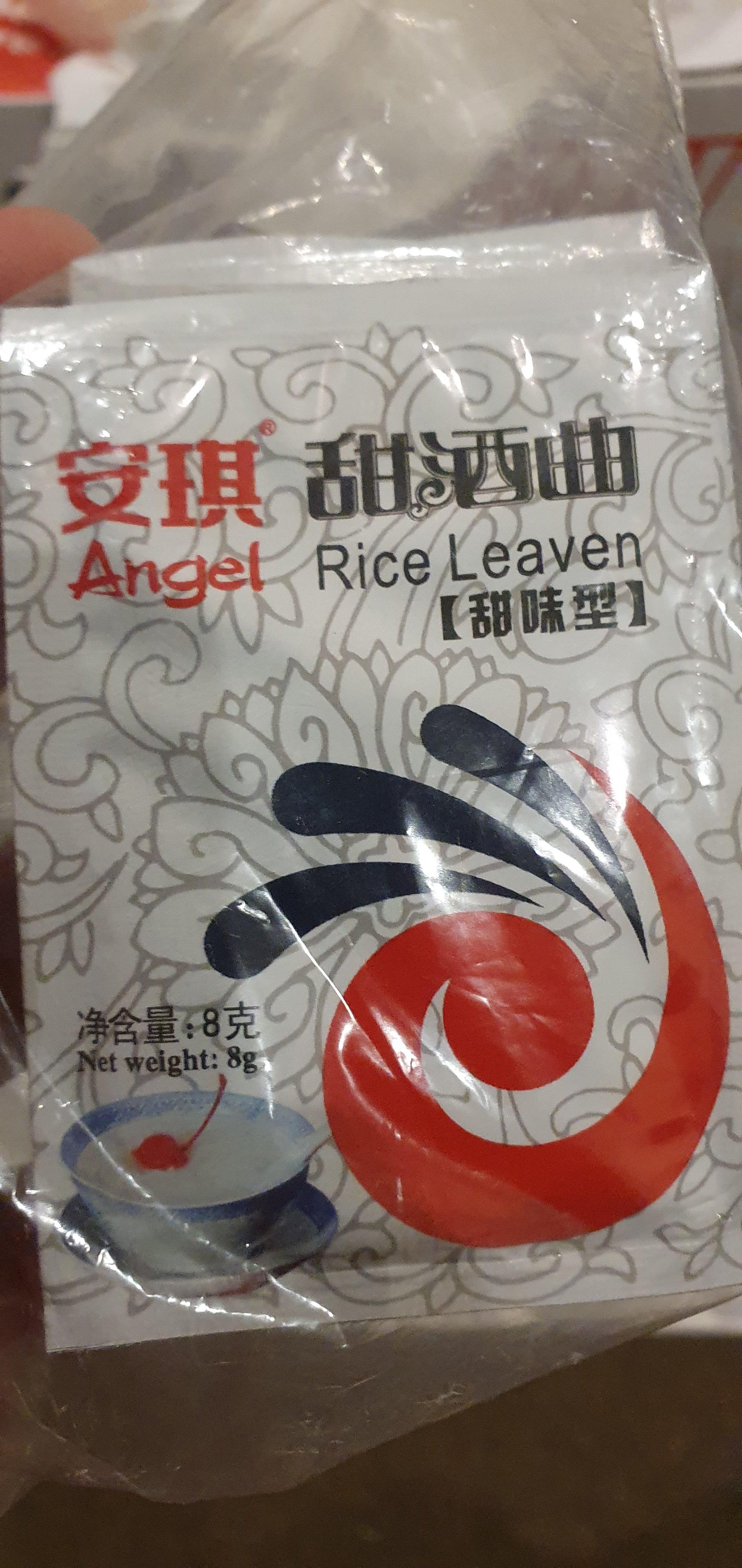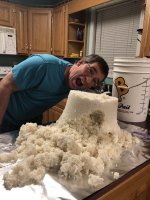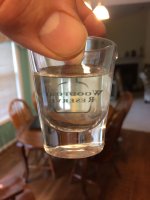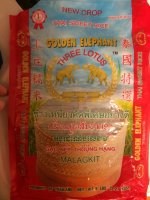wongjau
Well-Known Member
I have to check my references, but I used a combination of Fred Eckhardt’s research on jiu in “Sake USA”, Jiangnan University’s “Grandiose Survey of Chinese Alcoholic Drinks and Beverages”, and “Handbook of Food Science, Technology, and Engineering - Volume 4, Chapter 173 Chinese Wines - Jiu”At which time do you add additional rice and water? How much of it and what's the water/rice ratio for the addition?
General process was something like:
Wash, soak, steam, and cool some glutinous rice. Innoculate with jiu qu. 100 parts rice to 1 part jiu qu by volume. This works out to 1 liter of steamed rice to 1 10g yeast ball.
Ferment at 85F until liquid reaches 80% depth of the rice, ~48 hours. This is your starter.
Wash, soak, steam, and cool some more rice. Combine 112.5 parts rice, 93.75 parts water, and 25 parts jiu qu with the previous starter. This works out to 1.125 liters of steamed rice to .9375 liters of water to 25 10g yeast balls. This is your main fermentation which will go for 90 days.
So base recipe is:
Starter
1 liter rice
1 yeast ball
Main mash
1.125 liters rice
.9375 liters water
25 yeast balls
You can scale both equally to get the total batch size that you want.
Ferment, loosely covered, at 85F for 14 days. Stir 6x per day for first 2 days. Stir 2x per day for the next 5 days. Leave undisturbed for the next 7 days.
For temperature control, I set the fermenter in a large cooler of water with a sous vide circulator set to 85F.
After 14 days, seal and allow the temperature to fall and follow ambient, ~67F, for another 76 days. Plastic wrap and slightly snug cover to allow slight oxygen exchange is good.
Rack and settle to clarify. You can cold crash and/or rack several times. This is the traditional timing for racking.
Heat to 140F, remove any coagulated protein, then heat to 195F to pasteurize.
Transfer to large jars(I used 2.5 gallon) and seal as before to allow slow oxygen exchange. Cover and age at ambient temperatures for 1-5 years. Unheated garage is fine. I did 4 years.
As I wrote previously, I ended up aging on lees for 4 years, then racking and pasteurizing.
I didn’t have any problems with yeast autolysis as in brewing beer, and I wonder if aging on lees with pasteurizing at the end let flavors develop better than the traditional way.
One thing I’m fuzzy on is if I did the full amount of yeast called for on making the main mash. I know I added yeast, but it sounds like a lot. But I vaguely remember having lots of plastic bags when I was done too.
Last edited:



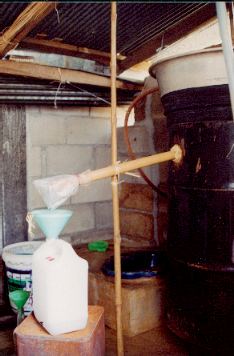
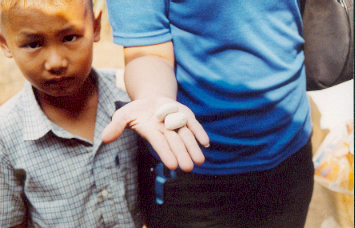








![Craft A Brew - Safale BE-256 Yeast - Fermentis - Belgian Ale Dry Yeast - For Belgian & Strong Ales - Ingredients for Home Brewing - Beer Making Supplies - [3 Pack]](https://m.media-amazon.com/images/I/51bcKEwQmWL._SL500_.jpg)














































